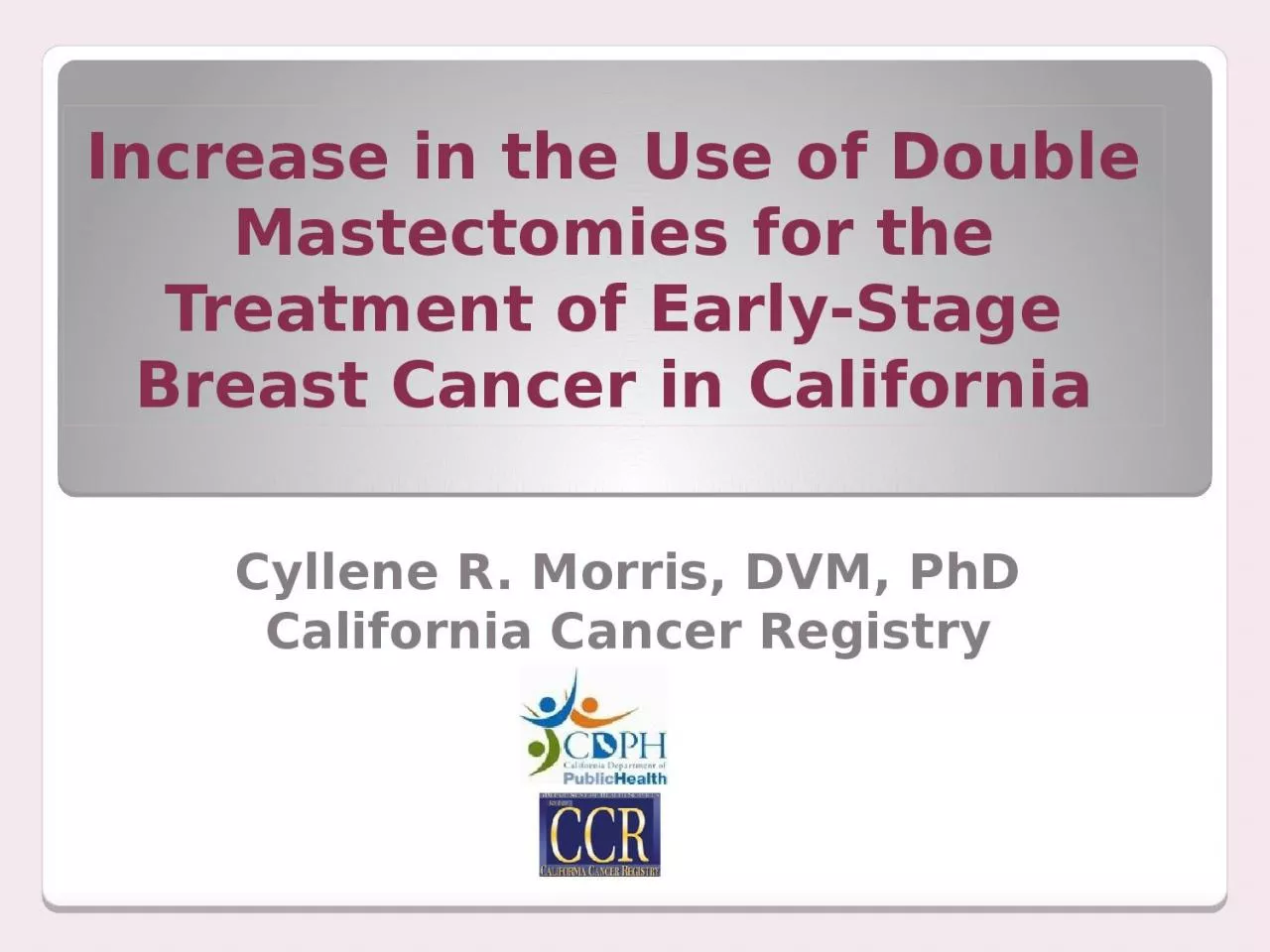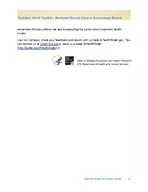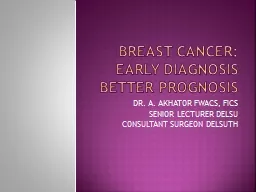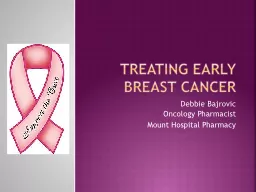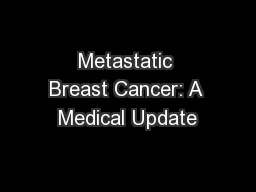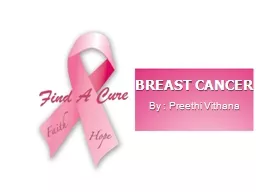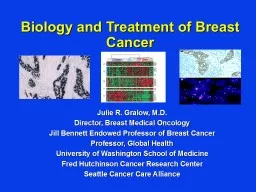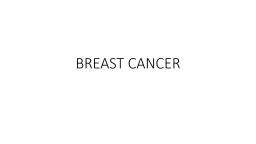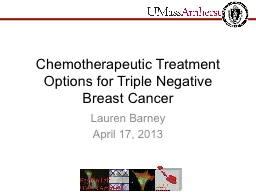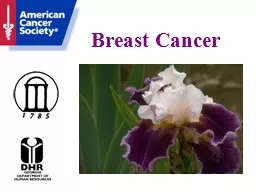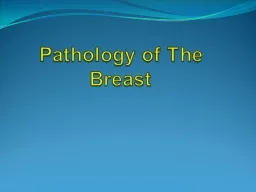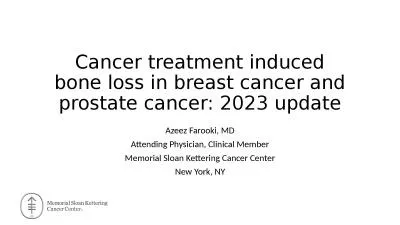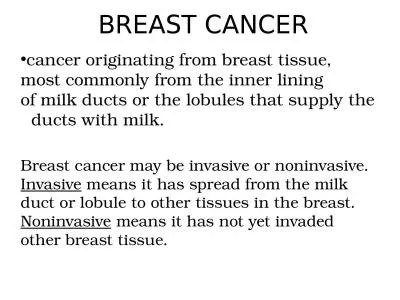PPT-Increase in the Use of Double Mastectomies for the Treatment of Early-Stage Breast Cancer
Author : sophia | Published Date : 2022-06-15
Cyllene R Morris DVM PhD California Cancer Registry R isk of contralateral breast cancer BC Estimated risk 05 1 per year risk in BRCA1BRAC2 carriers family history
Presentation Embed Code
Download Presentation
Download Presentation The PPT/PDF document "Increase in the Use of Double Mastectomi..." is the property of its rightful owner. Permission is granted to download and print the materials on this website for personal, non-commercial use only, and to display it on your personal computer provided you do not modify the materials and that you retain all copyright notices contained in the materials. By downloading content from our website, you accept the terms of this agreement.
Increase in the Use of Double Mastectomies for the Treatment of Early-Stage Breast Cancer: Transcript
Download Rules Of Document
"Increase in the Use of Double Mastectomies for the Treatment of Early-Stage Breast Cancer"The content belongs to its owner. You may download and print it for personal use, without modification, and keep all copyright notices. By downloading, you agree to these terms.
Related Documents

